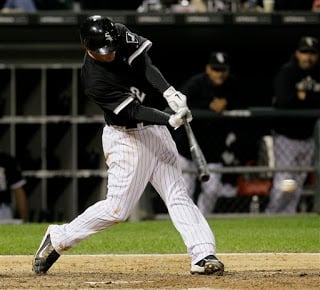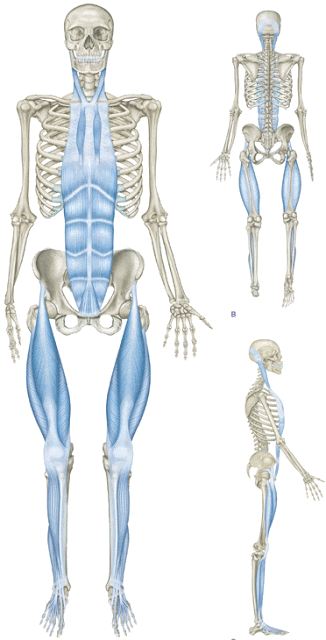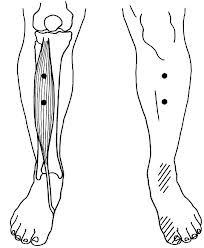
One of our pro baseball players, Brent Morel, was recently quoted about his off-season training at Sparta, explaining his Movement Signature in very clear terms. While we have been fortunate to train many pro athletes (i.e. Linsanity), this article was special because Brent could describe his biomechanical needs in a very concise manner. Such simplicity in science and coaching is under rated; the ability to relay only pertinent, objective information to athletes on what they specifically do well and what they need to improve.

Not only is this simplicity a huge part of our force plate technology, but also our subsequent explanation of an individual’s specific soft tissue needs. Let’s start with Thomas Myers book, Anatomy Trains, which outlines the lines of bone and connective tissue running throughout the body. These structures, particularly muscle and fascia, organize the structural forces required for motion and link all parts of the body. But with several different trains running throughout the body, which should you focus on and why?
We have discussed LOAD several times in the past (see Sparta Point), a characteristic of GRF from the force plate that represents the ability produce force quickly. For example, you only need to quickly flinch on the force plate to produce massive LOAD, yet almost non existent EXPLODE and DRIVE.
The anatomy train associated with LOAD is called the superficial front line, or more informally, the anterior chain. The picture can be seen to the right, as primarily the “show” muscles.
The tibialis anterior and long toe extensors
The quadriceps complex
The rectus abdominis, the coveted “six pack”
The pectoral and sternal fascia
The sternocleidomastoid up to skull

There are only 3 GRF variables, LOAD, EXPLODE, and DRIVE. One of them is likely to be much higher, or much lower than the other two. In our example, if LOAD is high, relative to EXPLODE and DRIVE, your anterior chain is overactive.
Unfortunately not all of these muscles to the right can be released on your own. Moreover, no one has time for each anterior muscle, so we must focus on the few that are easist to access and tend to contain the most trigger points. So spend about 1 minute on each side of these areas
Low shin
High shin
Quadriceps
LOAD requires ankle & knee flexion
As mentioned, one of the variables can be low, so what do you do if your LOAD is low. Athletes low on LOAD must load down more aggressively, basically you need to bend more at the ankle and knee . This lowering action is flexion, which is accomplished primarily by the contraction of the muscles in the front (anterior chain) such as the quadriceps. So the opposing muscles (antagonists) would be the extensors, or the posterior chain.
We discussed last week the research regarding antagonist muscles role in inhibition. So if your LOAD is low, the antagonists are likely to be preventing this ability. Therefore, since antagonists tend to be on the opposing side, low LOAD athletes would need the posterior muscles released and quieted to improve functioning. The prime movers for this action are your quadriceps as they eccentrically work to lower yourself. Therefore, flexors act to oppose the movement at the ankle and knee. Focus on the calf and hamstrings to improve dorsiflexion and knee extension.
We will go into this anatomy train next week as it will also alleviate those athletes with high DRIVE.
Thankfully, knowing your Movement Signature can give insight into where to focus myofascial efforts, i.e. which muscles you need to roll out.